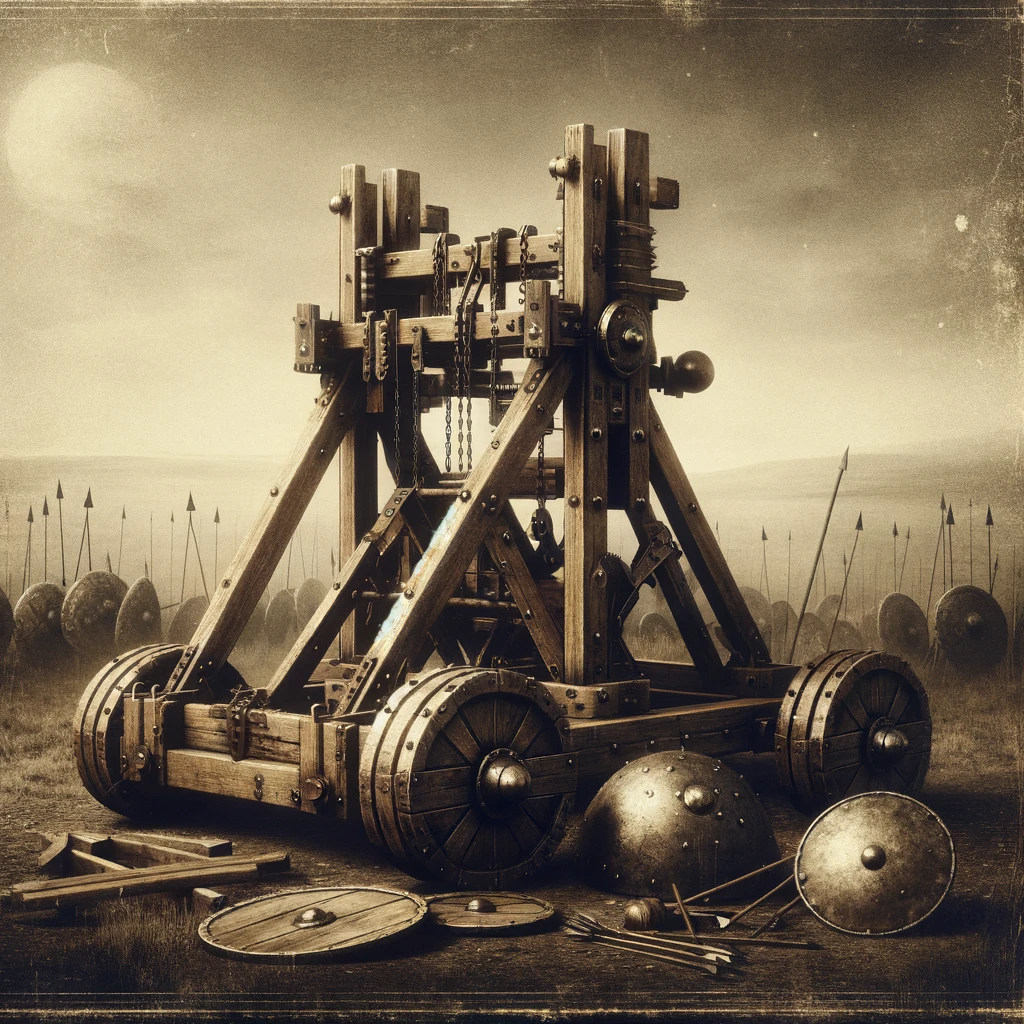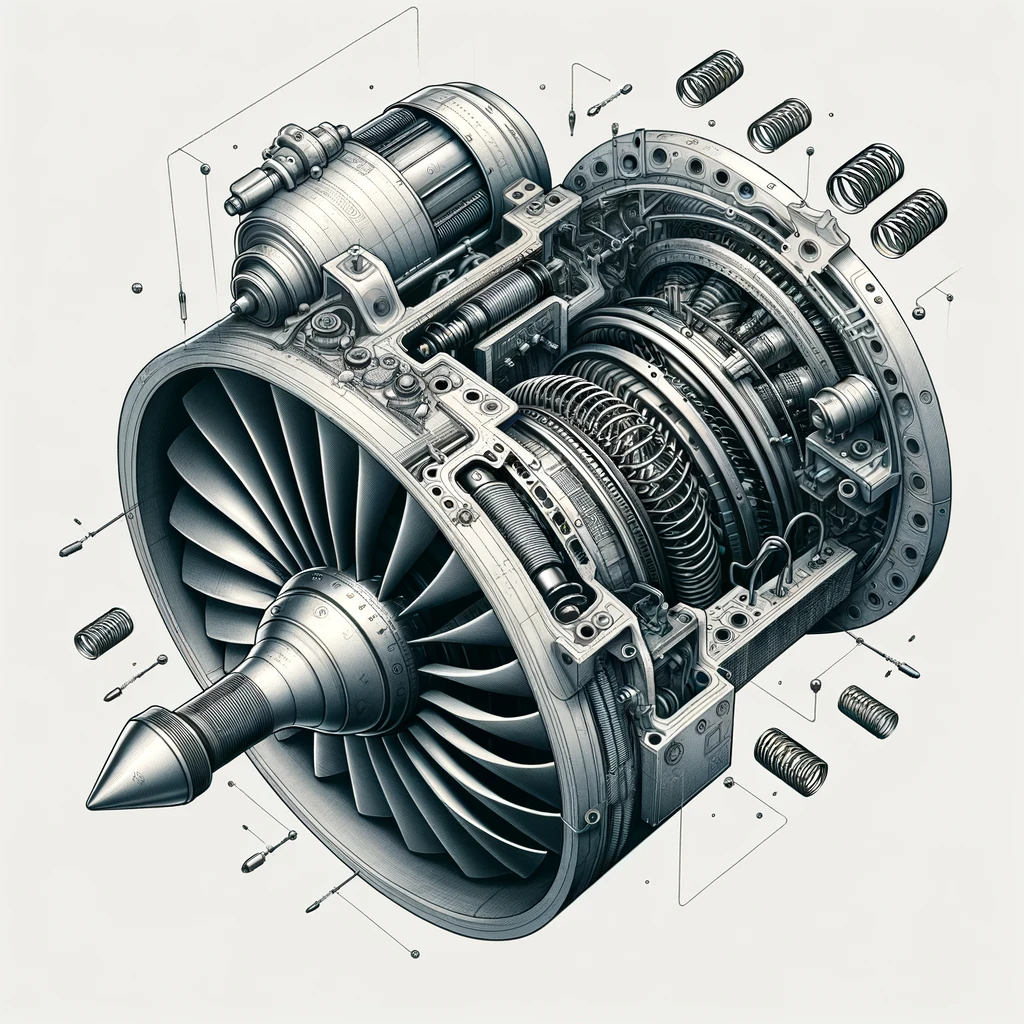The Evolution of Spring Design: From Ancient Innovation to Modern Engineering
The Evolution of Spring Design: From Ancient Innovation to Modern Engineering
The narrative of spring design is a profound testament to human creativity, spanning from the ingenuity of ancient civilizations to the cutting-edge engineering applications we witness today. This evolution encapsulates not merely the progression of materials and methods, but also the myriad challenges and innovations that have distinctly shaped spring technology over millennia. Today, with the advent of sophisticated design and testing tools like Acxess Spring's Spring Creator 5.0 and Online Spring Force Tester, the field is witnessing an unprecedented capacity to innovate. These tools empower makers, manufacturers, inventors, innovators, and industry enthusiasts to transcend traditional limitations, fostering new frontiers in spring application and functionality.
Ancient Beginnings and Medieval Advancements
Springs, in their most rudimentary form, were conceived from the need for mechanisms that could store and release energy efficiently. Ancient civilizations, recognizing this need, utilized flexible materials such as animal sinew or horsehair to create the earliest iterations of springs. It was the Hellenistic Greeks, however, who pioneered the use of metal springs in devices like catapults, marking a significant leap in mechanical engineering. The 15th century heralded a renaissance in spring technology with the application of springs in timekeeping devices, revolutionizing precision in mechanical clocks. These early innovations were not merely technological achievements but also milestones in the understanding of energy storage and mechanics, laying a foundational framework for future advancements in spring design.




The Industrial Revolution: A Catalyst for Innovation
The onset of the Industrial Revolution represented a pivotal era of transformation for spring design and manufacturing. This period's demand for more robust, precise, and reliable machinery necessitated the development of springs capable of bearing heavier loads and enduring more operational cycles without failure. The introduction of high tensile spring steel as a primary material for spring construction was a game-changer, offering superior strength, elasticity, and durability compared to the iron previously used. These advancements were not merely evolutionary; they revolutionized how springs were manufactured and applied across industries. The era's improvements in material science and manufacturing techniques provided the impetus for the modern spring industry, setting new standards for quality and performance.
Modern Challenges in Spring Design
With the march of technology into the 21st century, the challenges confronting torsion spring design have become increasingly complex. Engineers today grapple with creating coil springs that maintain their functionality under extreme conditions, such as the high temperatures of automotive engines or the corrosive environments of marine applications. Furthermore, the trend towards miniaturization in electronics, medical devices, and micro-machinery presents unprecedented challenges, requiring springs that deliver precise performance at significantly reduced scales. These challenges demand not only innovation in material science and engineering but also a reimagining of conical spring design principles to meet the exacting requirements of modern applications.
Case Study: Aerospace Application
The aerospace industry exemplifies the cutting edge of spring design, where the stakes are exceptionally high. Helical springs utilized in spacecraft and satellites are subjected to a gauntlet of extreme conditions, from the vacuum and radiation of space to the intense vibrations and forces experienced during launch. Addressing these challenges has spurred engineers to embrace innovative solutions, such as adopting exotic alloys like Inconel x 750 for resistance to temperature variations. Moreover, the advent of 3D printing technology has opened new avenues for manufacturing plastic springs with complex geometries that were previously unattainable, significantly enhancing their performance and reliability in space applications.


Leveraging Acxess Spring's Tools for Innovation
In this era of sophisticated engineering, tools like Acxess Spring's Spring Creator 5.0 and Online Spring Force Tester have emerged as indispensable for navigating the complex landscape of spring design. The Spring Creator 5.0 software revolutionizes the compression spring design process, enabling engineers to simulate and refine their designs virtually. This capability allows for exhaustive testing of various spring materials, configurations, and load conditions to optimize performance before physical prototypes are ever produced. Similarly, the Online Spring Force Tester offers a direct, practical means of assessing a spring's force and flexibility, ensuring that prototypes meet the rigorous specifications demanded by modern applications. Together, these tools embody the frontier of spring design technology, enabling a level of precision and innovation that was previously beyond reach.
Conclusion
The journey of spring design from its ancient origins to today's technological zenith is a vivid chronicle of human innovation and resilience. As the field continues to evolve, tools like those offered by Acxess Spring will undoubtedly play a pivotal role in overcoming the challenges of modern design. By harnessing these advanced technologies, today's engineers and designers are not only pushing the boundaries of what is possible in spring functionality but are also paving the way for the next wave of mechanical innovations. In doing so, they carry forward a legacy of ingenuity that has defined spring technology for centuries, promising new solutions to the engineering challenges of tomorrow.





